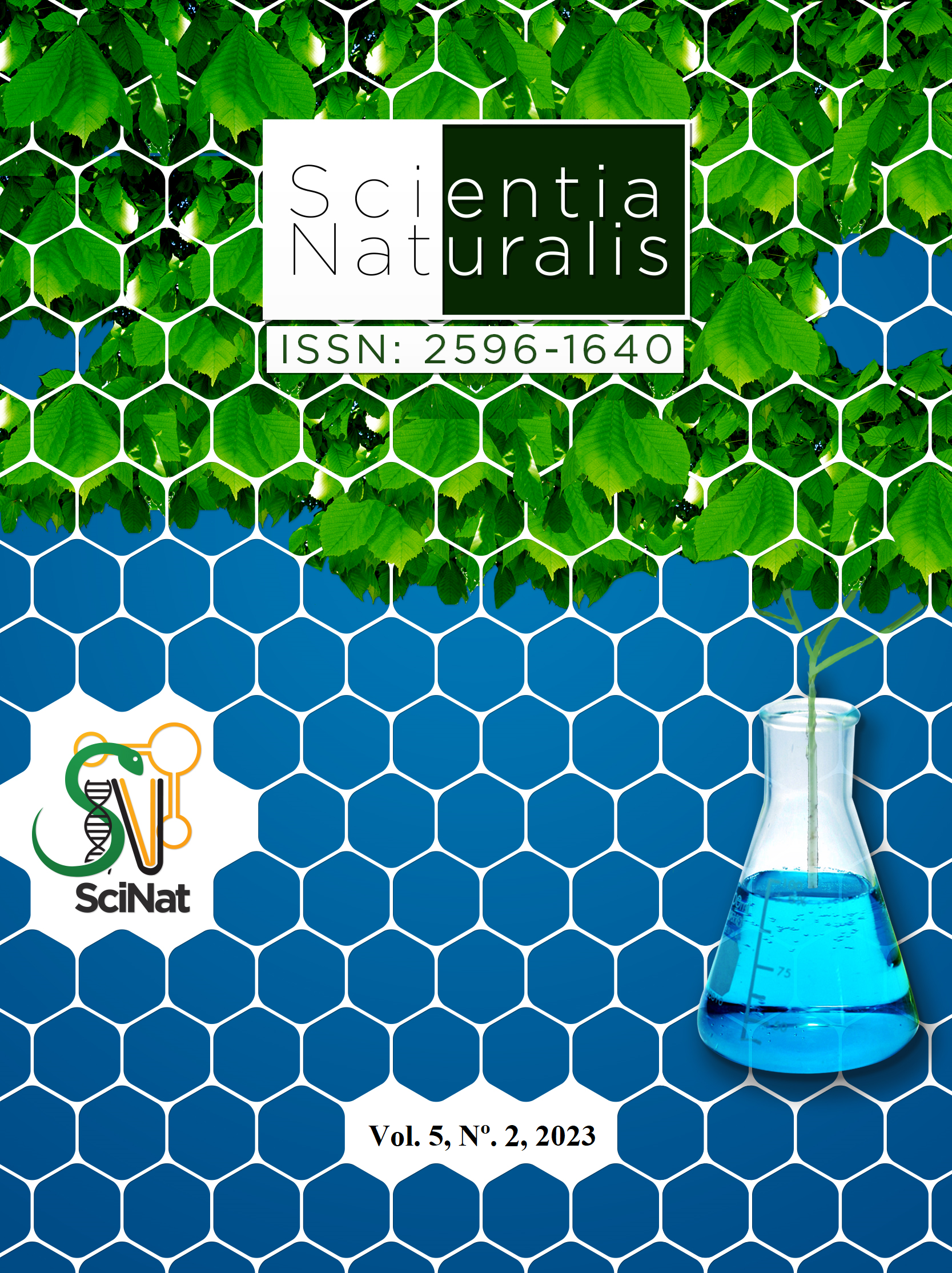Seed vigor and cultivation of rambutan seedlings
DOI:
https://doi.org/10.29327/269504.5.2-24Abstract
Rambutan is an exotic fruit that originated in Malaysia and has adapted well to the Amazon region, showing great potential for commercial production in Brazil. In addition to being tasty and juicy, rambutan has anti-inflammatory, antimicrobial, and hypoglycemic properties present in all parts of the fruit, making it a promising option for the food and pharmaceutical industries. However, rambutan tree cultivation in Brazil faces challenges such as a lack of information on seeds. It is essential to perform vigor tests to assess seed physiological quality and ensure the production of vigorous plants in different conditions. Producing quality seedlings is crucial for successful fruit growing, and following good cultivation practices is essential to achieve this goal. The substrate used in nurseries is a key factor for the success of seedling production, with good water and nutrient retention being desirable, as well as aeration, porosity, a pH close to neutral, and low electrical conductivity. Adequate fertilization is also vital to ensure proper seedling development, with the type and amount of fertilizer depending on the species, substrate, and environmental conditions. Sustainable alternatives to commercial substrates include the use of local and renewable materials, such as Brachiaria grass and Brazil nut shells, which have shown suitable physicochemical characteristics for plant growth.




